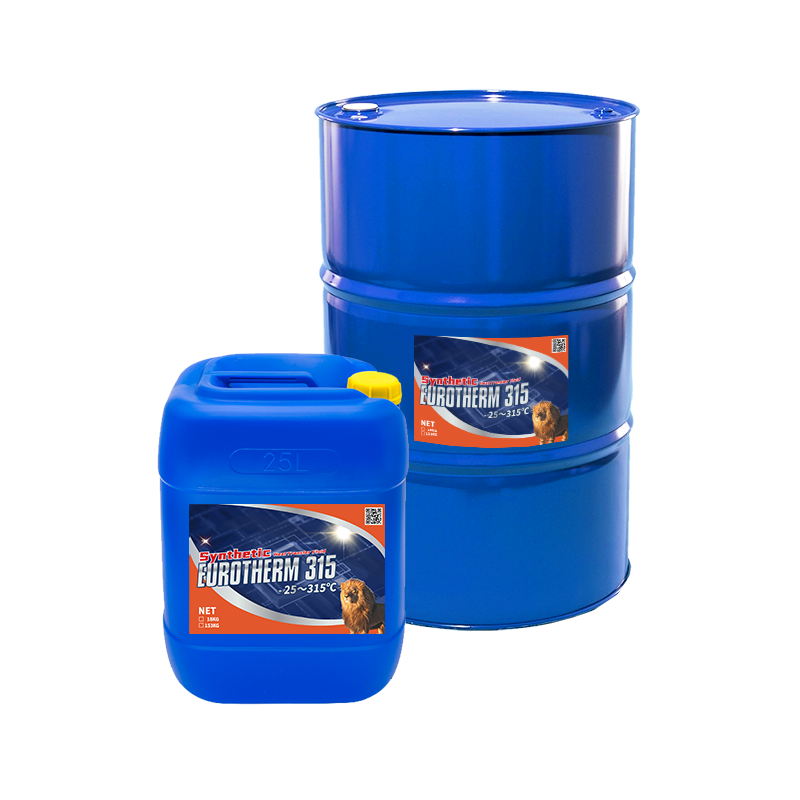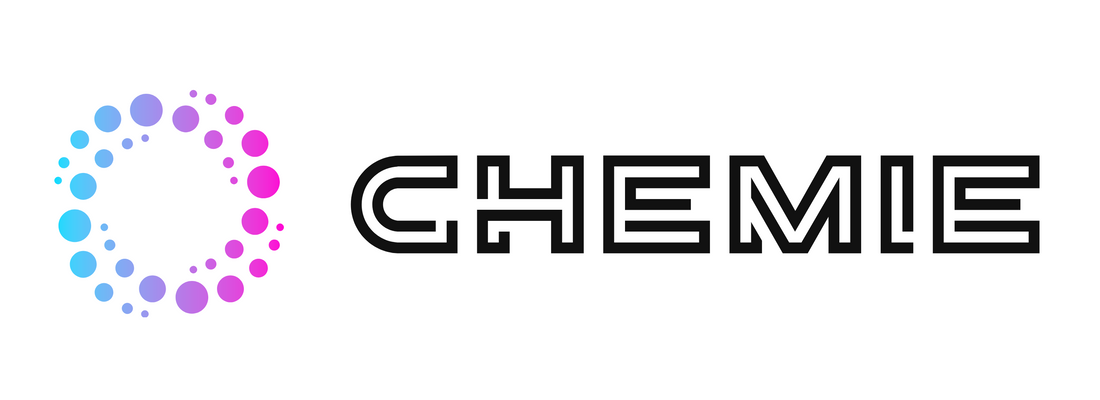Some Known Incorrect Statements About Chemie
Some Known Incorrect Statements About Chemie
Blog Article
Not known Facts About Chemie
Table of ContentsChemie - The FactsThe Best Strategy To Use For ChemieChemie - TruthsFacts About Chemie RevealedIndicators on Chemie You Should KnowAbout Chemie
(https://www.behance.net/betteanderson)Measured modification in electrical conductivity of liquid examples as a function of time when mixed with the material sample in the shut indirect cooling loop experiment. Number 6 shows the change in the gauged electrical conductivity of the fluid examples when stirred with the material sample. The conductivity of the water example from the closed loop experiment lowered by around 70% from 11.77 S/cm to 3.32 S/cm in six hours.These outcomes suggested that the ability of the material depends on the examination fluid made use of for the experiment. This shows that various ions present in the liquid will result in various ion exchange capacity of the fluid. For that reason, computing the ion exchange resin capacity with the liquid sample from the real cooling loophole is crucial.
The Best Strategy To Use For Chemie
An ion exchange resin cartridge consisting of 20g of Dowex combined bed material may take on order 938 days to saturate - inhibited antifreeze. To put it simply, to maintain a low electrical conductivity, a resin cartridge with the dimension and weight spec as that of the resin cartridge made use of in the experiment, need to be changed every 30 months for the cooling system that was utilized in the experiment
The air conditioning of electronic parts has become a significant obstacle in current times due to the improvements in the style of faster and smaller components. The usage of a fluid coolant has become attractive due to the greater warm transfer coefficient achieved as contrasted to air-cooling.
The 30-Second Trick For Chemie
A single stage cooling loop is composed of a pump, a warm exchanger (cold plate/mini- or micro-channels), and a heat sink (radiator with a follower or a liquid-to-liquid warmth exchanger with chilled water cooling). The warmth resource in the electronics system is attached to the warm exchanger.
The needs might vary relying on the type of application. Adhering to is a checklist of some general needs: Good thermo-physical buildings (high thermal conductivity and specific heat; reduced viscosity; high latent warm of evaporation for two-phase application) Reduced cold point and burst factor (occasionally burst security at -40 C or reduced is required for shipping and/or storage objectives) High climatic boiling factor (or reduced vapor pressure at the operating temperature) for solitary phase system; a narrow preferred boiling point for a two-phase system Good chemical and thermal security for the life of the electronic devices system High flash point and auto-ignition temperature level (in some cases non-combustibility is a demand) Non-corrosive to products of construction (steels along with polymers and various other non-metals) No or minimal regulative restraints (ecologically friendly, safe, and perhaps biodegradable) Cost-effective The most effective electronics coolant is an inexpensive and harmless fluid with excellent thermo-physical residential properties and a long solution life.
Some Of Chemie
Most of these liquids have a non-discernible odor and are safe in case of call with skin or ingestion. As pointed out before, aliphatic PAO-based liquids have actually changed the silicate-ester fluids in a selection of armed forces electronics (and avionics) cooling down applications in the last decade. Another class of popular coolant chemistry is dimethyl- and methyl phenyl-poly (siloxane) or generally known as silicone oil.
Of all, these liquids are non-combustible and safe. Some fluorinated compounds have zero ozone depleting prospective and other environmental residential properties.
This coolant is categorized as hazardous and should be taken care of and disposed of with care. The high quality of water utilized for the click for info preparation of a glycol service is extremely crucial for the system.
How Chemie can Save You Time, Stress, and Money.

This is a low cost antifreeze option, locating use in refrigeration solutions and ground resource heat pumps - heat transfer fluid. This fluid can be utilized down to -40 C owing to its fairly high price of heat transfer in this temperature variety.
It is taken into consideration even more hazardous than ethylene glycol and as a result has found use just for procedure applications situated outdoors. Likewise, methanol is a flammable liquid and, thus, presents a prospective fire risk where it is stored, handled, or made use of. This is an aqueous solution of denatured grain alcohol. Its major benefit is that it is non-toxic.
Chemie Fundamentals Explained
As a combustible fluid, it requires specific precautions for managing and storage. Aqueous remedies of calcium chloride find large use as distributing coolants in food plants. It is non-flammable, safe and thermally much more effective than the glycol solutions. A 29% (by wt.) calcium chloride service has a cold point below -40 C.

Report this page